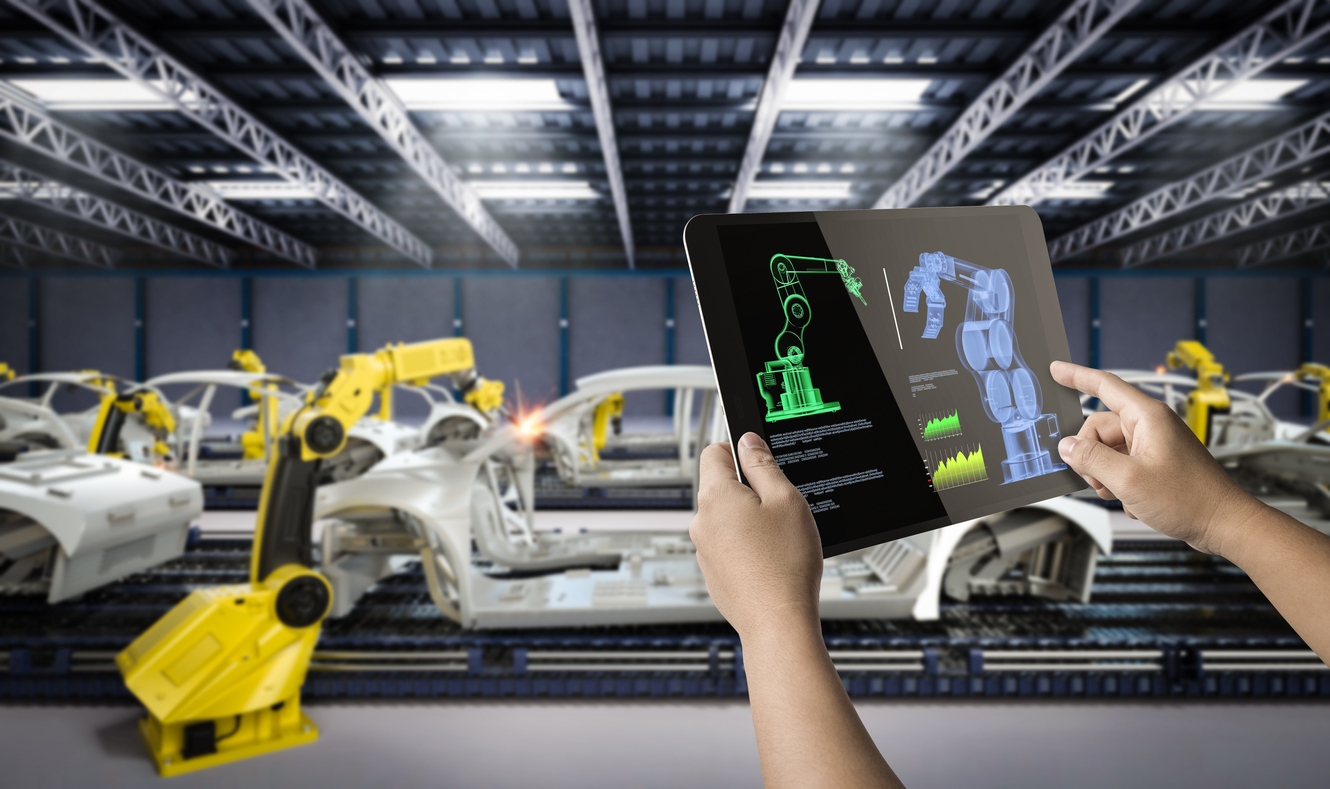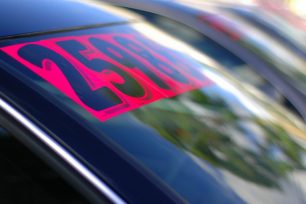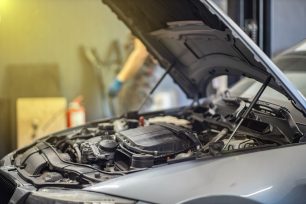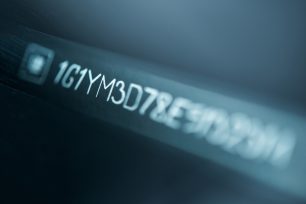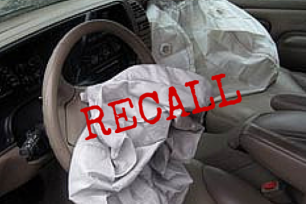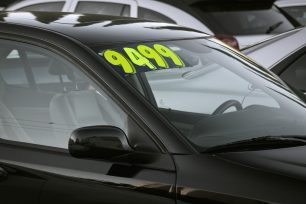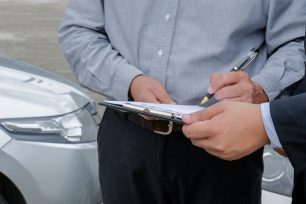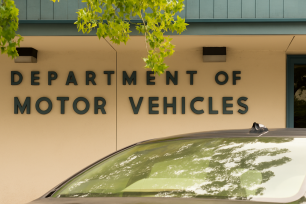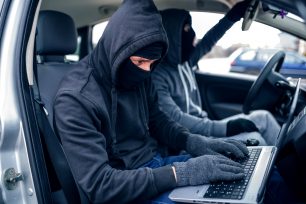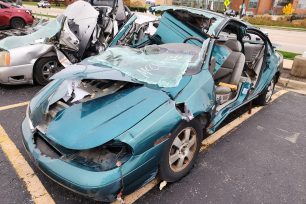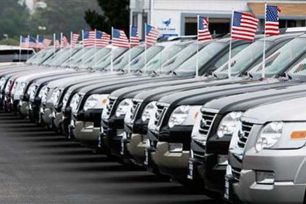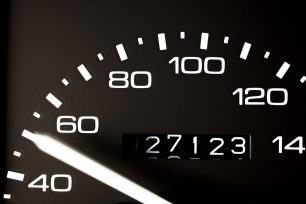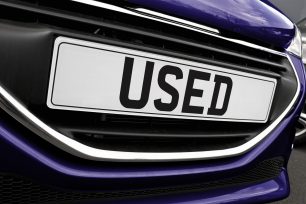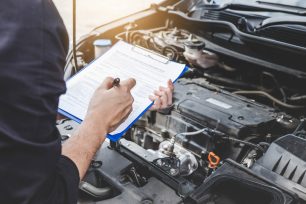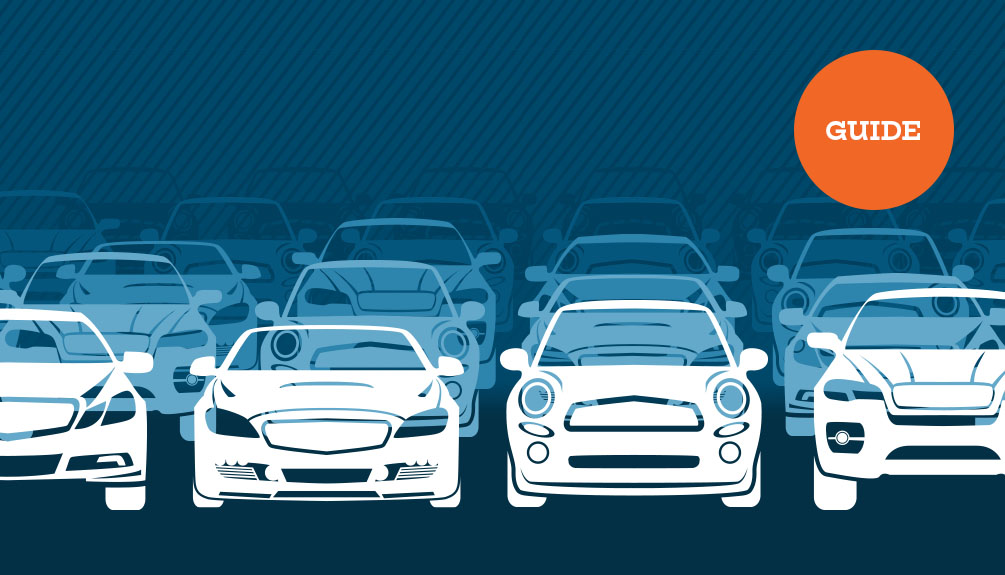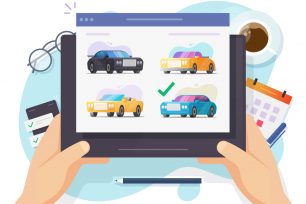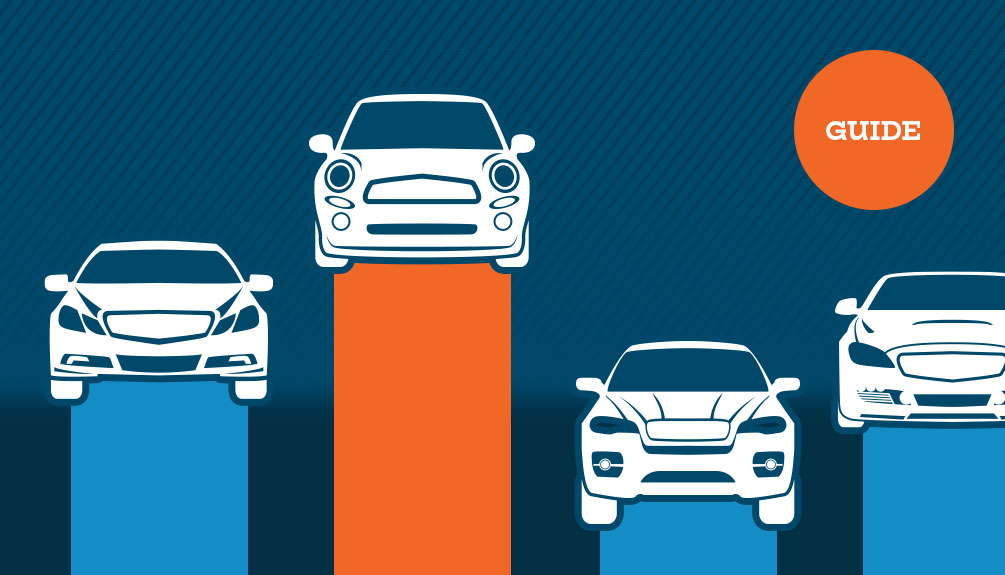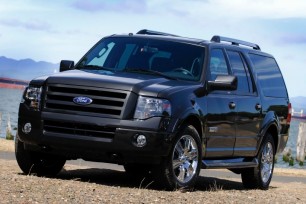A VIN generator is software that fabricates the 17-character vehicle identification number (VIN) that every legally built car since 1981 must carry. Because those characters unlock a vehicle’s entire identity — title, registration, insurance, theft records — crooks can use a generated VIN to give a stolen or nonexistent car a brand-new paper trail.
The Federal Trade Commission calculates that fake VIN fraud drains hundreds of millions of dollars from used-car buyers in the United States each year, largely because unsuspecting shoppers hand over full payment for cars that can’t be legally titled or insured once the deception comes to light.
How do legitimate VIN assignment systems actually work in the United States?
Real VINs originate inside a tightly regulated pipeline overseen by the National Highway Traffic Safety Administration (NHTSA) . Each automaker first receives a three-digit World Manufacturer Identifier that ties its products to that brand. The remaining 14 characters follow rigid federal rules that encode the vehicle’s platform, body style, engine, restraint system, model year, assembly plant, and exact production sequence. Because every legitimate VIN is generated inside that factory-to-government structure, law enforcement officers can trace a car from the new-car dealer through every title transfer until it is finally scrapped.What are the legal consequences of using or possessing fake VINs?
Alter a VIN and you step into felony territory. Under Title 18 of the U.S. Code, knowingly trafficking in fraudulent VINs can lead to five years in federal prison and heavy fines. Several states add their own penalties that push sentences to 10 years. Courts routinely impose civil damages as well, meaning the sellers of a fake-VIN vehicle can be sued for every dollar the buyer loses, including towing and storage fees when police impound the car. Insurance companies almost always rescind coverage, so any accident or theft losses are the owner’s responsibility.How can consumers verify that a VIN is legitimate before purchasing a vehicle?
Start with simple, free tools. Plug the VIN into NHTSA’s VIN decoder to see if the make, model, and model year match the car in front of you and whether any open safety recalls exist. Then run the same VIN through different paid history services such as iSeeCars VIN History Reports , and Carfax or AutoCheck , which aggregate police accident reports, mileage disclosures, title transfers, and lien data from all 50 states.Finally, and most importantly, match the VIN plates on the dashboard, driver-side door jamb, and engine block. The stampings should have identical fonts, depth, and aging. If one looks newer or the texture around it seems ground down, walk away.
What specific red flags indicate a potentially fraudulent VIN?
The biggest giveaway is inconsistency: different characters or missing digits between VIN locations, plate rivets or screws that look newer than surrounding paint, or scratch marks where someone has pried off a plate.On the paperwork side, beware of titles with erasures, white-outs, or sequential corrections. A price that undercuts market value by thousands often signals the seller is racing to unload a problem and is hoping no one looks too closely at the car’s documentation or history.
How do VIN cloning schemes operate and target consumers?
Cloners snap a photo of a clean VIN from a parked vehicle, steal a similar vehicle, and swap in counterfeit plates and documents bearing the copied number. Because the VIN belongs to a real car with a spotless history, database checks usually return no warnings. The victim sees a bargain on a private sale, buys the car, and months later loses both the car and their money when police confirm the real VIN owner and seize the clone.What role do VIN generators play in broader automotive fraud schemes?
Generators supply the raw material — new, unused VINs — that counterfeiters print onto forged titles, registrations, and even shipping manifests. Chop shops use them to relabel vehicles built from stolen parts. Exporters attach them to containers holding stolen SUVs bound for overseas ports. In odometer roll-back scams, a generator creates an entirely new identity so the same car can “start fresh” with artificially low mileage.How has technology made VIN fraud both easier and more detectable?
Computer programs can now crank out VIN sequences that pass standard checksum validation in milliseconds, and high-resolution desktop printers turn those numbers into OEM-looking labels. Conversely, big-data analysis lets insurers, state DMVs, and marketplace platforms cross-reference billions of records in real time. Mismatches that once took months to surface now trigger instant alerts. Blockchain pilots are even testing immutable digital titles that cannot be altered once minted.What specific steps should used car dealers take to avoid VIN fraud?
Smart dealers treat VIN inspection like a bank treats counterfeit-bill detection: Every arrival gets photographed VIN tags, multi-database scans, and physical plate inspections under magnification. Staff learn to spot welding splash or mismatched fonts, and the store builds a photo archive that can defend against future disputes. Dealers also keep open channels with local police detectives so questionable cars can be checked before being offered for sale.How do insurance companies handle claims involving fraudulent VINs?
When a claim hits an insurer’s desk, proprietary algorithms compare the VIN against theft reports, salvage auctions, and previous loss payouts. If the number shows up in two places at once or fails internal checksum tests, adjusters will freeze the claim, void the policy, and alert law enforcement. Unfortunately, innocent buyers frequently discover the fraud only after an accident or theft, precisely when they need coverage most.What government agencies oversee VIN-related enforcement and how do they coordinate efforts?
NHTSA writes the VIN rules, but the Department of Justice and the FBI build federal cases when fraud crosses state lines. State motor vehicle departments control title issuance and registration, while local police handle street-level theft investigations. These entities share data through secure portals so a stolen car that’s impounded in Texas instantly pings the New Jersey owner whose VIN was cloned two weeks earlier.How do salvage and rebuilt title processes relate to VIN fraud?
Salvage rules slash a totaled car’s resale value, so fraudsters sometimes buy a legitimate wreck, harvest its VIN, and attach it to a stolen twin that looks pristine. The rebuilt-title inspection process is supposed to stop that switch, but forged repair receipts and counterfeit VIN tags can fool overworked inspectors. Buyers who see a “rebuilt” label should assume extra homework is mandatory. Make sure to get before-and-after photos, parts invoices, and a new state safety inspection.What emerging trends are law enforcement agencies seeing in VIN fraud?
International rings now combine VIN fraud with cryptocurrency laundering, moving stolen cars and illicit funds across borders under digital cover. Meanwhile, AI-driven text-to-image tools let counterfeiters print factory-looking stickers that deceive even seasoned mechanics unless they check serial fonts with magnification.How can consumers protect themselves when buying vehicles online?
Never wire money or release full payment until you or a trusted inspector has seen the car, verified every VIN location, and matched the seller’s driver’s license data to the title. Use escrow services that hold funds until delivery, insist on meeting at the seller’s registered address, or better yet, at a DMV or police-station safe-exchange lot. Be sure to run a free NICB VinCheck , along with commercial reports before any money changes hands.What technologies are being developed to prevent VIN fraud?
Automakers are experimenting with tamper-evident microdot VIN engraving that embeds thousands of readable codes across the chassis, making complete alteration practically impossible. Start-ups are piloting blockchain-backed digital titles that update ownership in minutes yet remain immutable once recorded. Artificial-intelligence engines already flag improbable VIN-pattern requests coming from the same IP address, thwarting large-scale generator abuse.How do VIN fraud schemes impact legitimate vehicle owners?
Owners whose cars have had their VIN cloned, often receive traffic tickets generated by the clone, unexpected toll invoices, or police inquiries. Insurance premiums can spike, and selling the real vehicle becomes a nightmare once a buyer’s bank discovers a duplicate VIN in another state. Resolving the mess typically involves affidavits, certified maintenance records, and sometimes litigation to reassert a clear title.What should consumers do if they suspect they’ve encountered VIN fraud?
Stop the transaction immediately and photograph every VIN location, the seller’s ID, and the vehicle itself. File a report with local police and notify your state DMV. Both entities can flag the VIN so it cannot hide in future registrations. If money has already changed hands, contact your bank or credit card issuer to initiate a fraud claim, and submit an online report to the National Insurance Crime Bureau so investigators can link your case to larger patterns.
Related Reading:
- How To Run a Free VIN Check Using .gov Websites: Learn how to piece together a vehicle's official history, from open safety recalls to hidden title records, starting with free government websites
- How To Get an Accurate Car Value Using a VIN
- How To Spot and Act on Odometer Rollback: What is odometer rollback? How does it happen, and why is it profitable?

